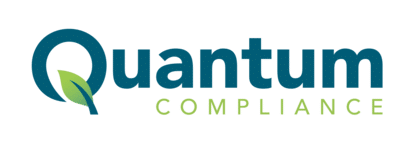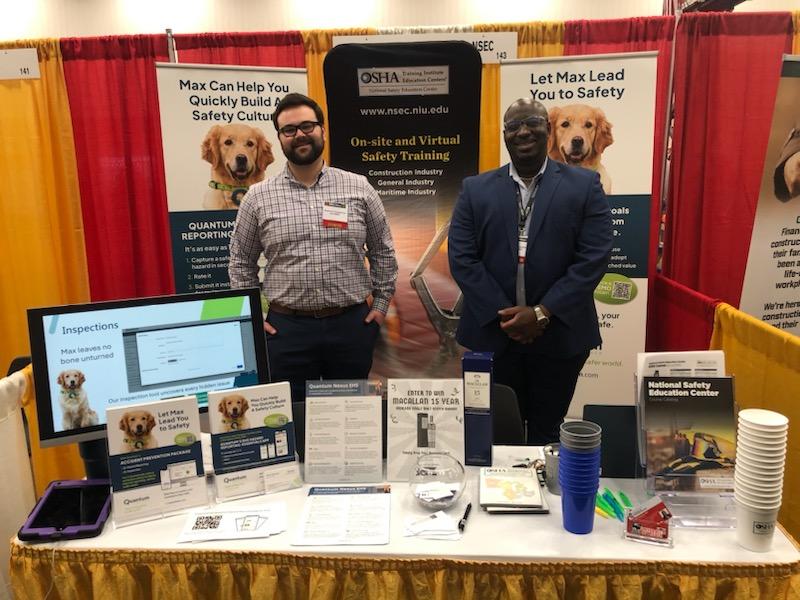* This article has been edited from the original to reflect recent changes in the maximum OSHA Fine
Being on the receiving end of an OSHA inspection can be a scary experience. However, when an OSHA inspector comes to your company for a check-in there is no way to avoid the inspection. With that in mind, here’s how you can best prepare for and navigate an OSHA visit.
Typically, OSHA conducts inspections without advance notice. Employers do have the right to require compliance officers to obtain an inspection warrant before entering the workplace, however. With over 7 million workplaces to cover, OSHA is not able to inspect every facility. Most visits are based on recent hazards or accidents, so the inspector will likely want to look at paperwork pertaining to that incident before they even begin the investigation.
Other documentation that the inspector will want to see is your written safety plan, SDSs, training logs, and any other OSHA-mandated records. Make sure to have all of these in place before the inspection begins so you don’t start the visit off on the wrong foot!
 OSHA prioritizes their inspections based on the following scale:
OSHA prioritizes their inspections based on the following scale:
- Imminent Danger Situations
- Fatalities and Catastrophes
- Complaints
- Referrals
- Follow-ups
- Planned Investigations
If OSHA visits you, it is because your organization has been flagged for one of the listed reasons. To prepare for an OSHA inspection, learn how a typical inspection works.
Pre-Inspection – OSHA Compliance officers gather information on the workplace including inspection history, appropriate personal protective equipment (PPE), and testing instruments to measure possible safety hazards.
Present Credentials – OSHA Compliance officers are required to present their credentials prior to the inspection. The credentials should include a picture id with a serial number.
Opening Conference – A discussion of why OSHA selected the workplace for an inspection will take place. The compliance officer will describe how they will inspect the workplace. Employers can select a representative to represent the company during the inspection.
Workplace Walk-through – The compliance officer will inspect for hazards leading to employee injury or illness. They will document any violations observed and will point out violations that can be immediately corrected. The corrected violation will still be cited, but will be seen as a sign of good faith. The inspector will also discuss safety with your employees. All employee responses are protected and kept anonymous, so they theoretically give accurate information about the actual safety conditions of your workplace. The inspector will take these responses into account when discussing their final comments on your workplace safety.
Closing Conference – After completing the walk-through, the compliance officer will discuss their findings with the employer. The discussion may include possible courses of action the employer can take.
Inspection Results
After each inspection, OSHA has six months to issue a citation and propose a penalty. Citations describe the violation and give deadlines for corrective actions. Violations are categorized as follows:
- Other-than-serious
- Serious
- Willful
- Repeated
- Failure to abate
If issued a citation, you are required to display it in a visible place for three days or until the specific violation has been addressed. Having evidence of previous compliance efforts and programs should help if you are faced with citations or fines, so be sure to keep up on all safety efforts before and after the OSHA inspection. OSHA citations are very expensive. Penalties had ranged from $7,000 for each serious violation to $70,000 for each willful or repeated violation.
*Update*
OSHA to increase max penalty by 82% effective August 2016 or sooner
Employers are given the opportunity for an informal conference with the OSHA Area Director after a citation is issued. A settlement agreement may be reached if a definite plan is set to address and solve the violations in question. Employers also can appeal the citation within 15 working days of issuance, if they feel that a mistake has been made.







